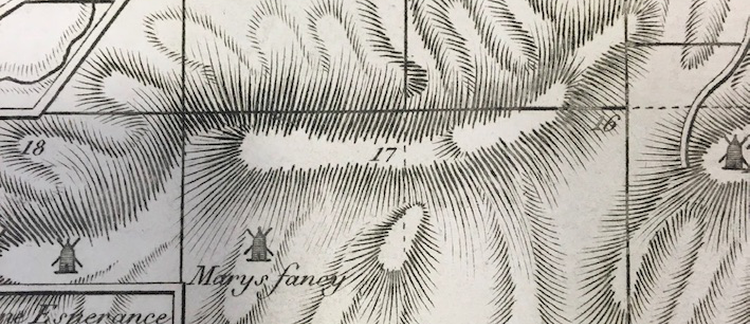Abstract
To download this paper, please click here.
Utrecht, Caravaggio and Europe brought together seventy paintings by the Utrecht Caravaggisti and their European counterparts to present the artistic vibrance that characterized Roman art between 1600 and 1630. What makes this exhibition stand out from the numerous ones that dealt with this artistic generation in the past – according to the author of this review - is its breaking free from the controversial definition of ‘Caravaggisti’ and from the long-standing notion of Caravaggio as the original. This review describes how the exhibition engages visitors in an independent work of observation that resembles what an early modern visitor would have experienced in a seventeenth-century gallery space. Attention is devoted to the way the thematic layout adopted visually highlights the pictorial differentiations that characterise, and therefore speak about, each artist’s pictorial paradigm. Particularly interesting to the author is the way the stylistic variety and pictorial identity that characterise each of the paintings on display also emerge through visual comparison with Caravaggio’s works, some of which take part to the exhibition but, remarkably, without becoming protagonists. By stimulating viewers to notice repetition but also discern differentiation and originality, curators Bernd Ebert and Liesbeth M. Helmus have proposed a new and more compelling way of revisiting what is now called Caravaggism.
Downloads:
Downloads are not available for this article.

